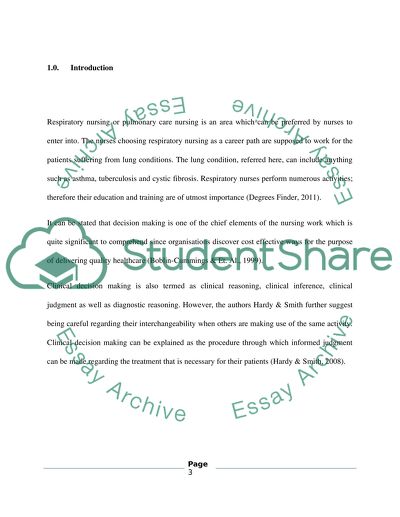Cite this document
(“Assessment and Decision Making in Nursing Essay”, n.d.)
Retrieved de https://studentshare.org/nursing/1391154-assessment-and-decision-making-in-nursing
Retrieved de https://studentshare.org/nursing/1391154-assessment-and-decision-making-in-nursing
(Assessment and Decision Making in Nursing Essay)
https://studentshare.org/nursing/1391154-assessment-and-decision-making-in-nursing.
https://studentshare.org/nursing/1391154-assessment-and-decision-making-in-nursing.
“Assessment and Decision Making in Nursing Essay”, n.d. https://studentshare.org/nursing/1391154-assessment-and-decision-making-in-nursing.


